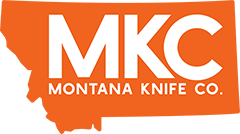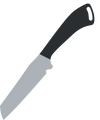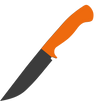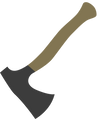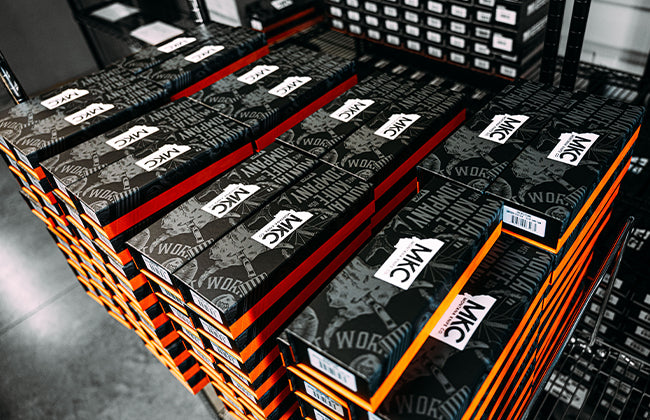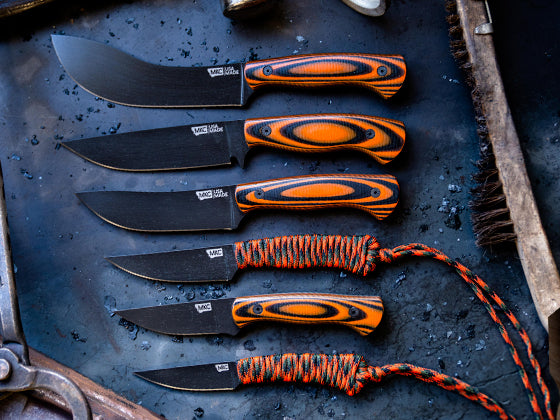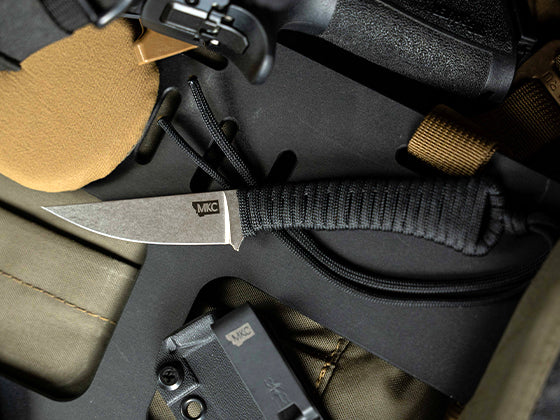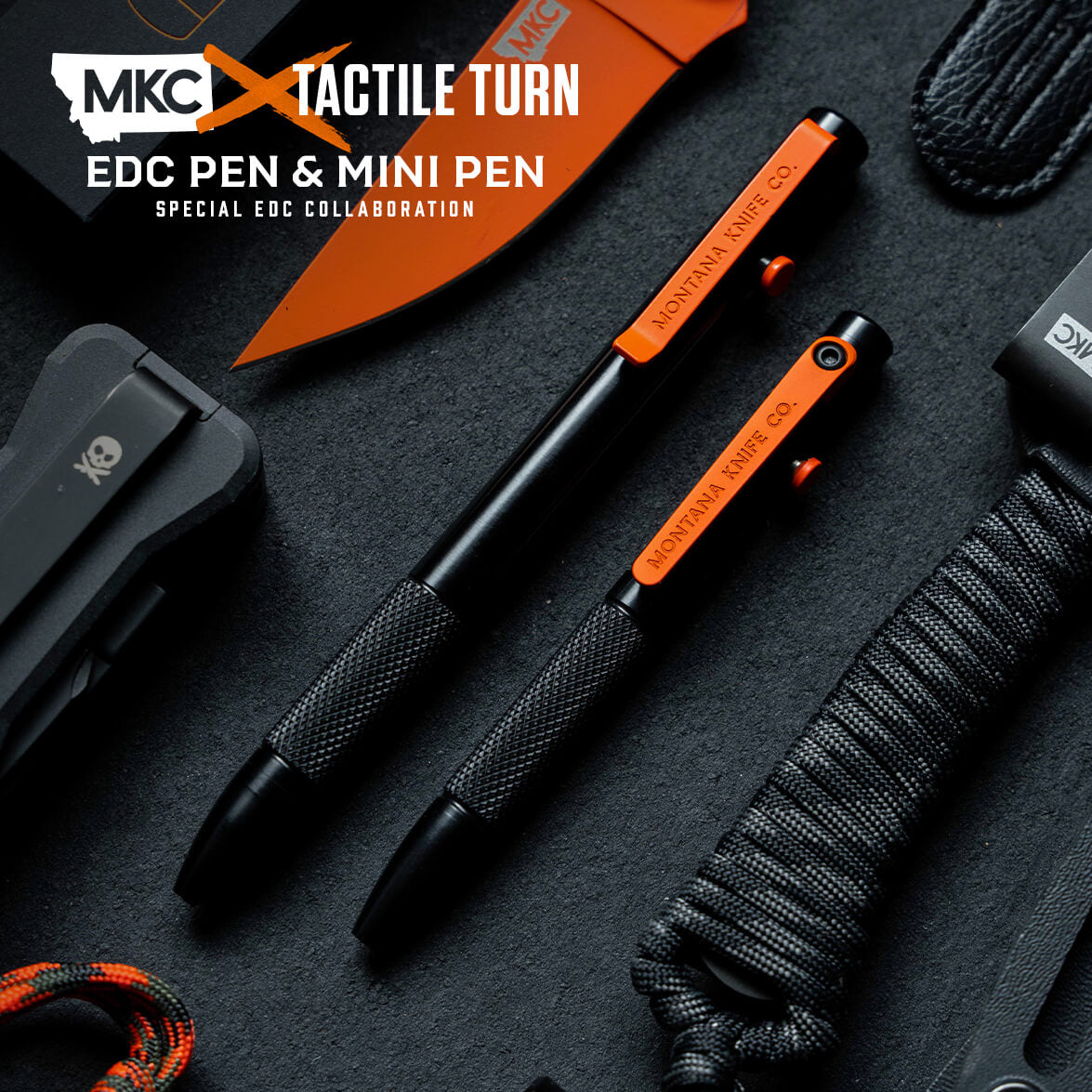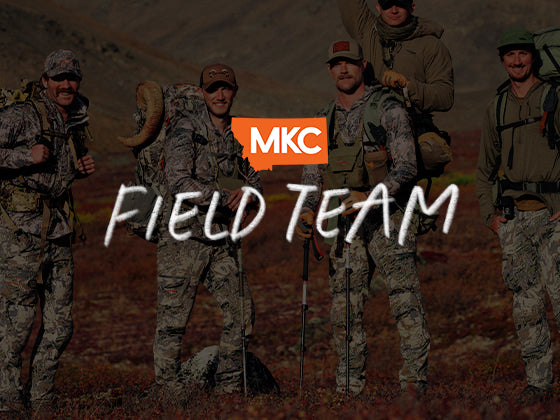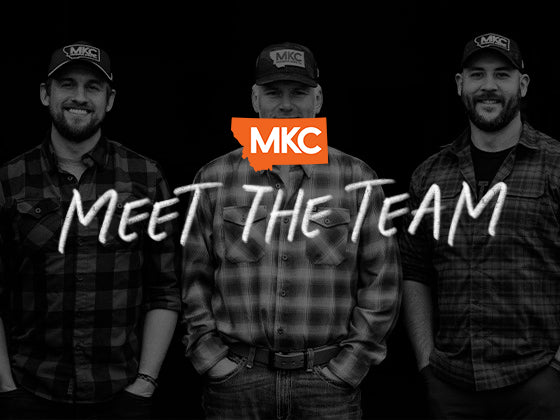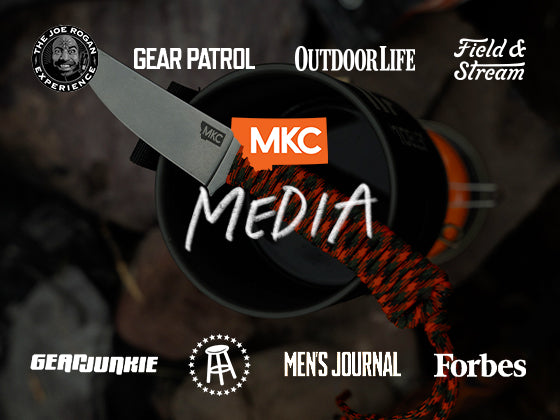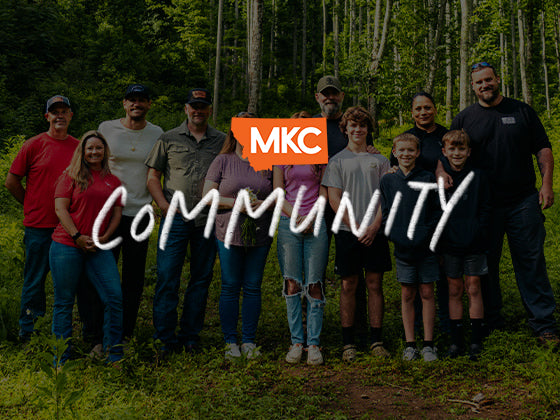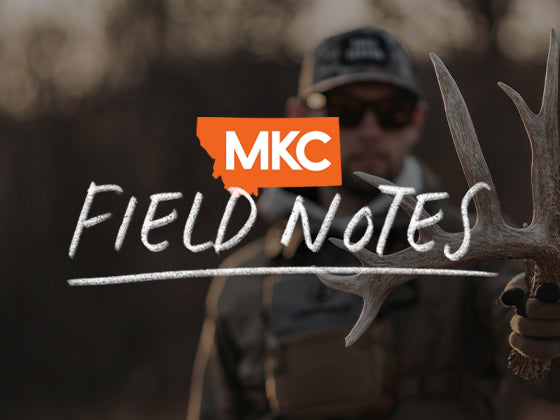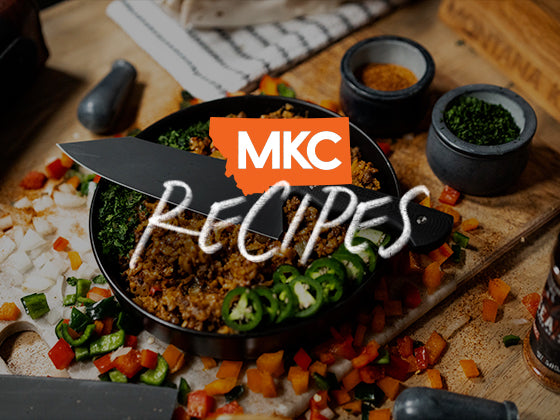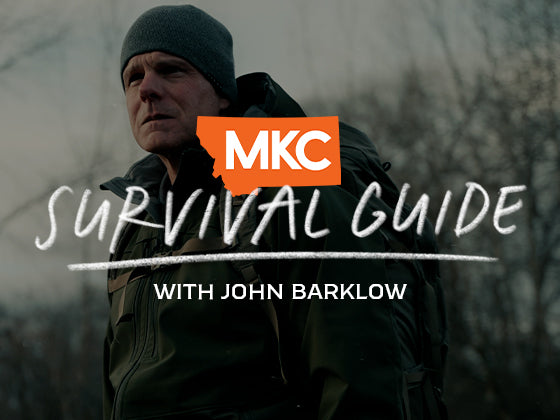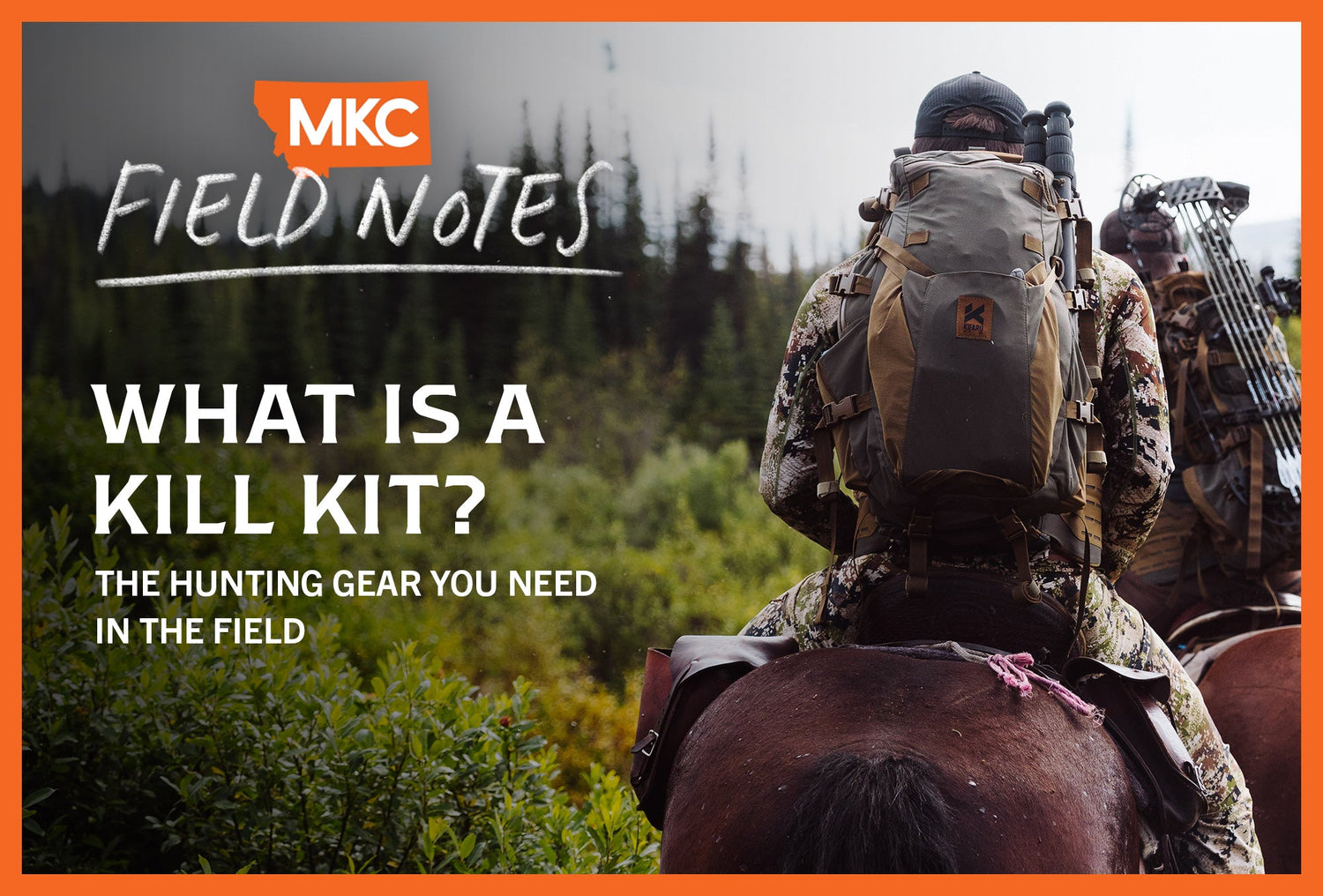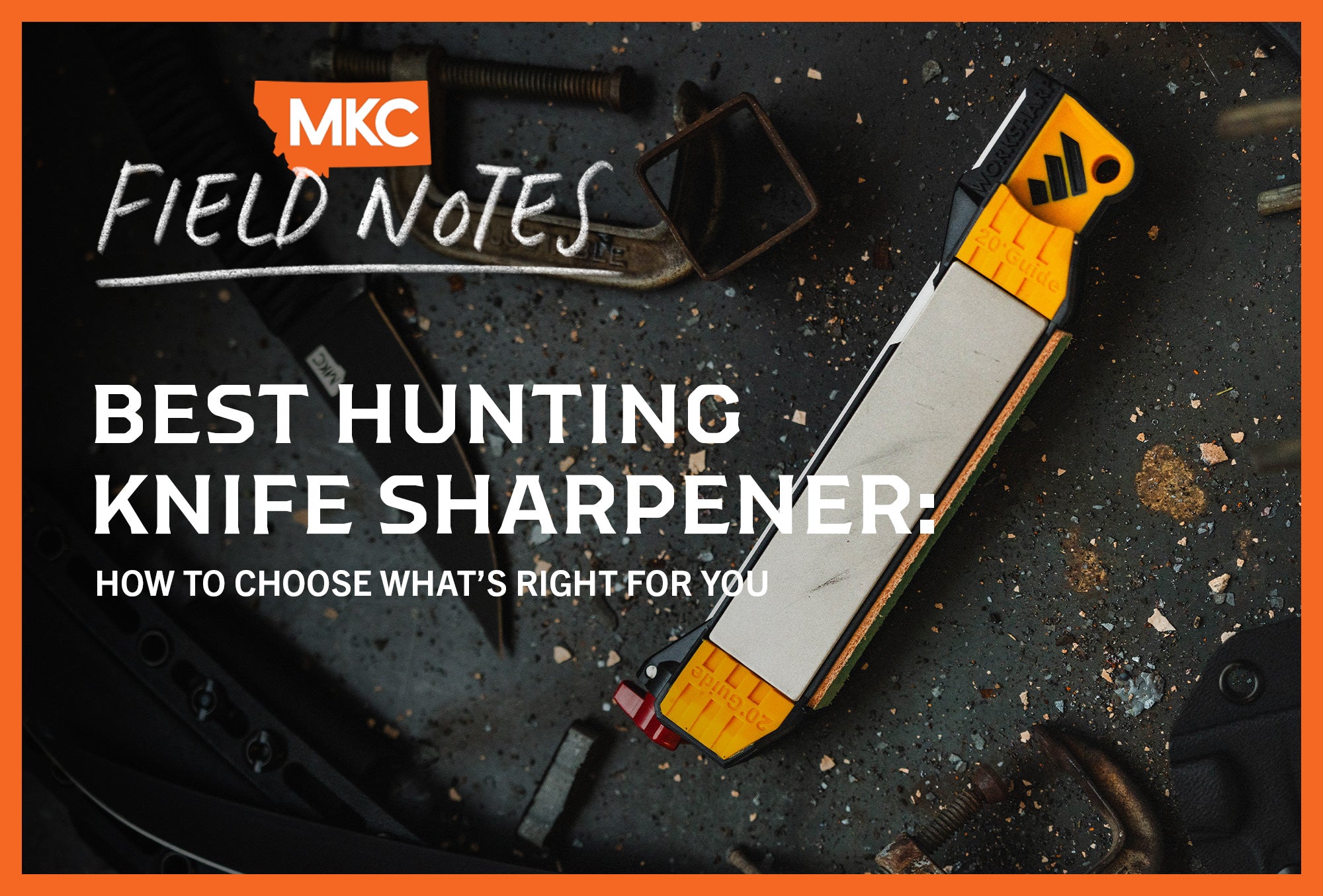Most hunters plan for hunts that go wrong. But what about hunts that go right?
Emergency medical supplies and a hunting first aid kit come in handy when the hunt goes south. However, it’s just as important to plan for success. When you’re out on the hunt with an animal down, you need to be ready.
The field doesn’t forgive the underprepared. A lack of crucial processing supplies can turn a successful hunt into a painful one. So, here at MKC, we recommend carrying a hunting kill kit on every trip.
What is a kill kit? It’s a self-contained unit that prepares you for success and failure. Before you embark on your next trip, use this guide to create a kit that’ll have you ready for any outcome.

What Tools Make a Good Hunting Kill Kit?
A good hunting kill kit includes an equal amount of safety gear (in case of emergency) and processing gear (in case you take down an animal). Always bring both.
Bring your safety supplies with you on even the most basic, boring hunts. Likewise, keep your processing supplies in your pack even during the slowest seasons.
It’s better to be safe than sorry, especially out in the backcountry.
Safety Supplies for Your Kill Kit
When you’re out in the field and suffer an injury, you simply need stabilizing care until you get to a doctor. There’s no need to bring the kitchen sink with you, but do bring enough supplies to keep yourself and your companions alive.
Outfit your hunting kill kit with these safety supplies:
- Two Hyfin Vent Chest Seals provide wound management for chest injuries. These treat penetrating chest injuries, such as arrow or bullet wounds.
- QuikClot Dressing stops severe bleeding fast.
- An SOF Tourniquet stops serious bleeding on arm and leg wounds, prolonging your life until you can reach a hospital.
- MiniTAC Wrapping Gauze and Mini Compression Bandages treat wounds of all shapes and sizes that don’t require immediate medical attention.
- A Robertazzi Nasopharyngeal Airway can bypass upper airway obstruction at the nose, nasopharynx, or base of the tongue. In the event of anaphylaxis out in the field, one of these can buy you time to reach civilization and treatment.
Hunting Supplies
The best time to have your hunting kill kit with you is when you take an animal down.
Since it’s impossible to know when that’ll be, the next best time to have your hunting kill hit with you is all the time, even if you’re sure you won’t need it.
The following supplies make processing and transporting game meat easier, but many of them are also generally useful in the field:
- Paracord is a multipurpose material that can hang and bundle wood, string up your clothes, or even make an emergency arm sling. Many of our knives, including the MKC Speedgoat, come with a paracord-wrapped handle.
- Game bags are perfect for storing and carrying meat. They keep flies, dirt, and debris off and help preserve meat for a short time.
- Rubber gloves keep your hands clean when you gut and clean your quarry. They help prevent disease transmission, too.
- Tape has infinite uses out in the field, but the most important is attaching a license or tag to your animal.
- Fire-starting supplies are always lifesaving out in the field, especially when you need to start one in wet conditions.
- Space blankets are lightweight and easy to keep in any pack. They’re great for keeping warm on chilly nights, but they have tons of secondary uses, too.
- Heavy-duty black garbage bags make an ideal pack liner to keep your meat fresh. They also provide a clean surface for meat while it’s on the ground or an emergency waterproof layer.
- A sharpening system keeps your knives nice and sharp so you’re not stuck with a dull blade.
- A backup blade means you’re still in the clear if your primary knife gets lost or broken.
- Baby wipes and toilet paper are helpful cleaning supplies, and not just for bathroom breaks. They’re great for cleaning up blood and viscera after you dress your game.
Tips for Packing and Storing Your Hunting Kill Kit
The best hunting kill kit is a purpose-built tool set.
Don’t just throw your supplies in and hope for the best. A smart hunter evaluates and resets his kill kit after each hunt. That way, his supplies are always organized and ready.
Use plastic bags to separate your kill kit supplies. They keep your items compartmentalized, and they keep delicate supplies dry and protected from the elements.
If you store medical supplies inside your kill kit, keep them at the top of your pack where they’re most accessible. In a medical emergency, every second counts. Precious time spent digging around in your pack could mean the difference between life and death.
While moving swiftly when your quarry is down is always beneficial, it’s not life-or-death. You can afford to spend an extra minute digging for your kill kit supplies.
Finally, store your hunting kill kit in a place you’ll remember it. Whether you combine your kill kit with your hunting bag or keep it self-contained, it must be impossible to forget.

What Is a Kill Kit, and Why Is It Important?
What is a kill kit, and why is it so important to have one ready?
While the name “kill kit” implies tools for hunting and processing game, a good kill kit contains a variety of emergency supplies, too.
When you take an animal down, your principal task is to take care of the meat quickly and cleanly. Conserve as much meat as possible, and try not to waste any part of the animal.
The best way to do that is to have the right supplies for the job. Keep those supplies in your kill kit, and keep your kill kit with you, not back at camp or forgotten in your garage!
On top of other physical demands of the hunt, skinning and dressing an animal is far from easy. A well-organized kill kit optimizes the process as much as possible.
Even if you don’t enjoy a “successful” hunt, a good kill kit means you’ll have what you need on your person at all times, no matter what the hunt throws your way.
by Josh Smith, Master Bladesmith and Founder of Montana Knife Company
